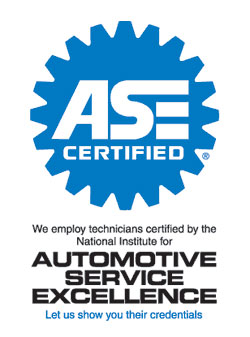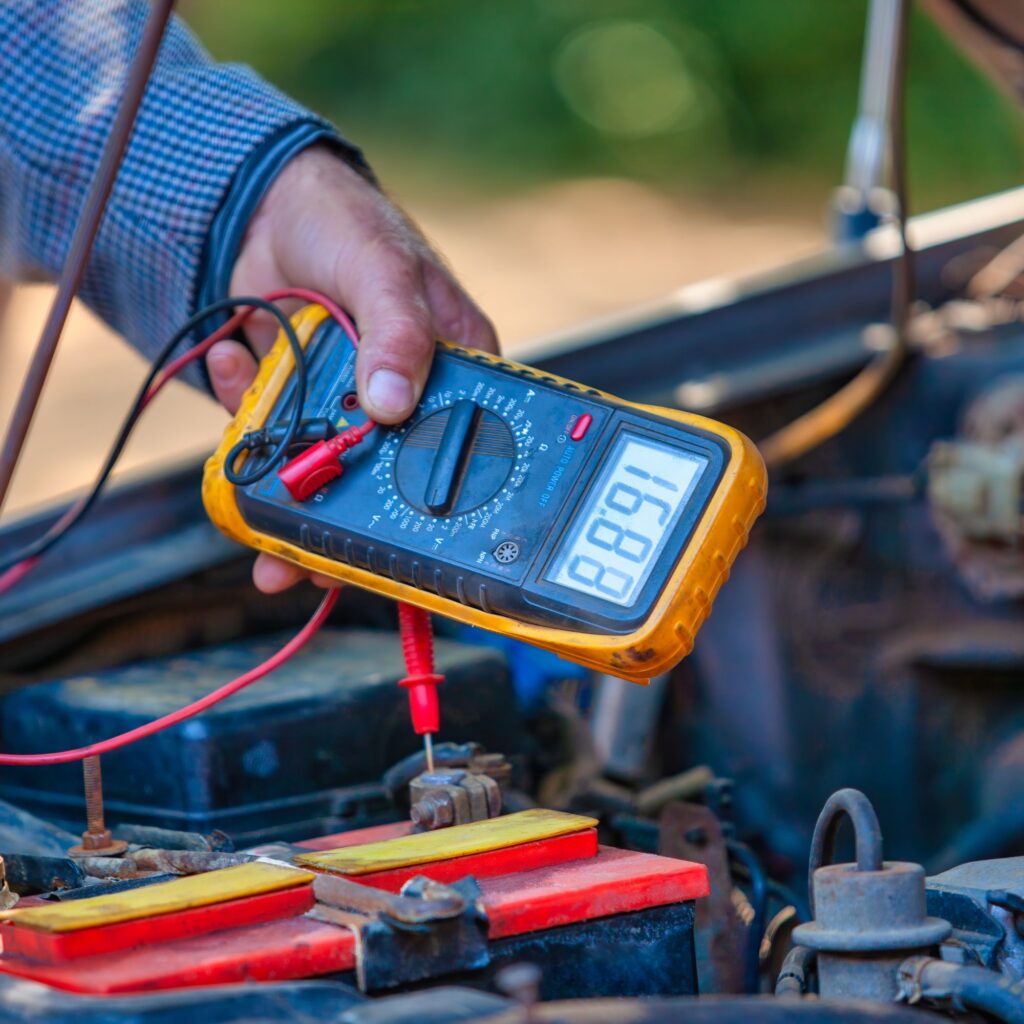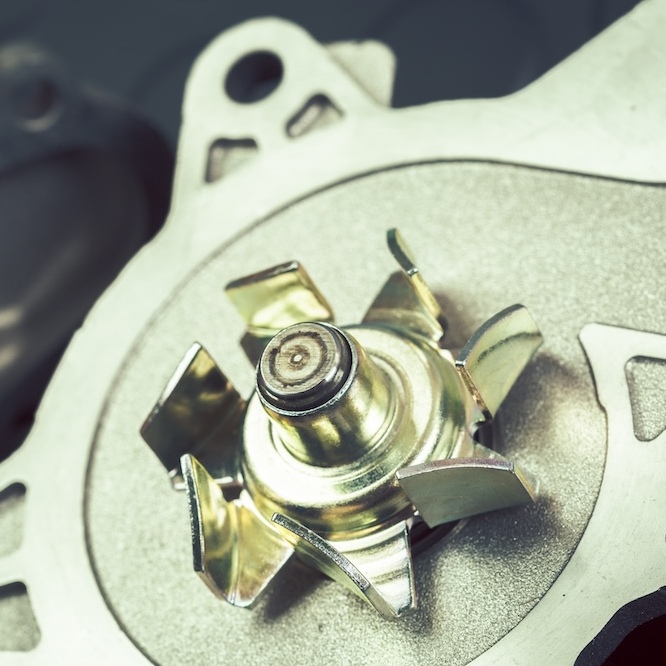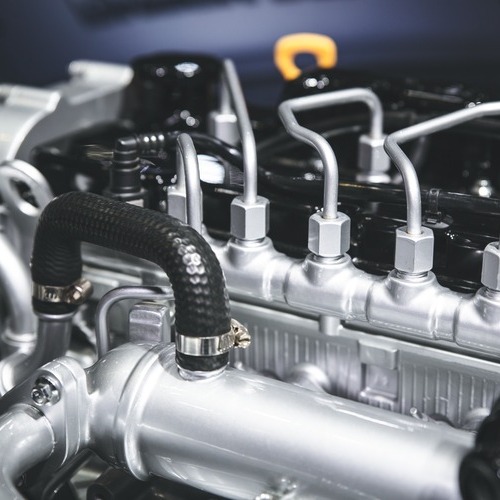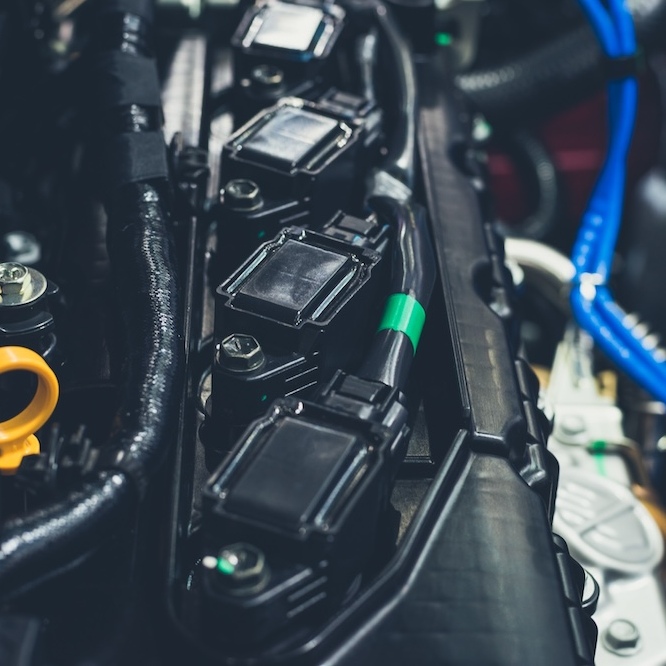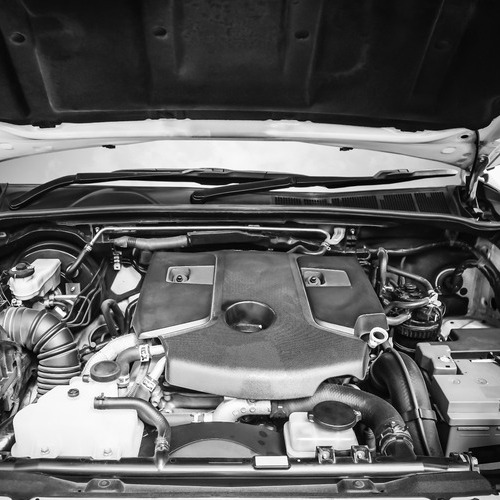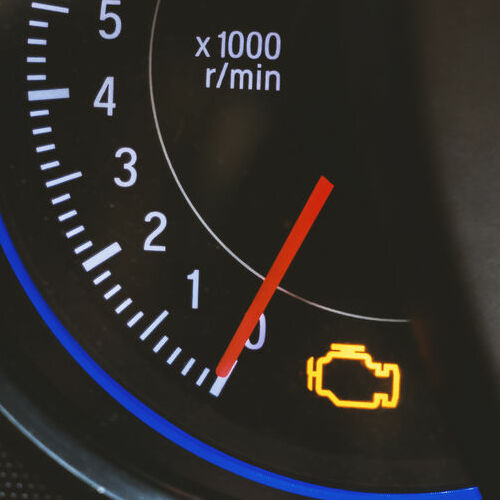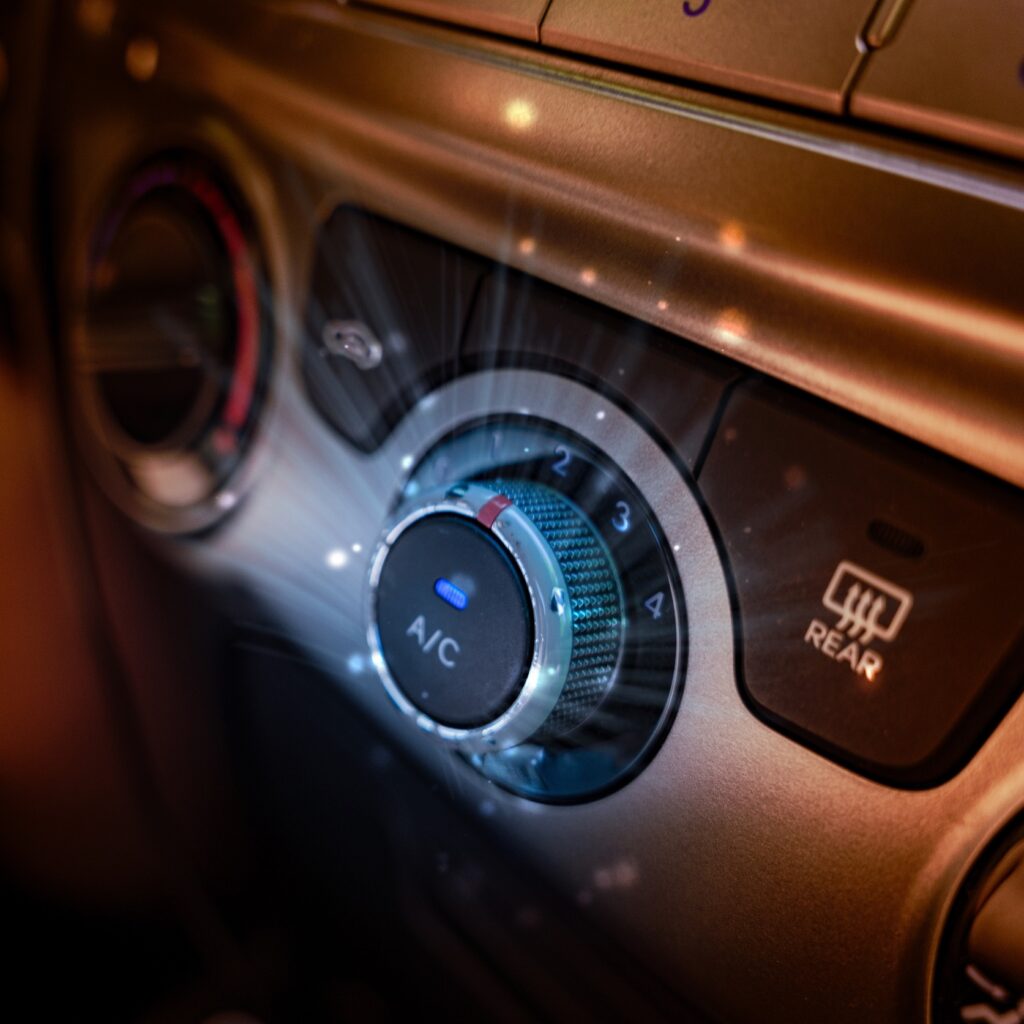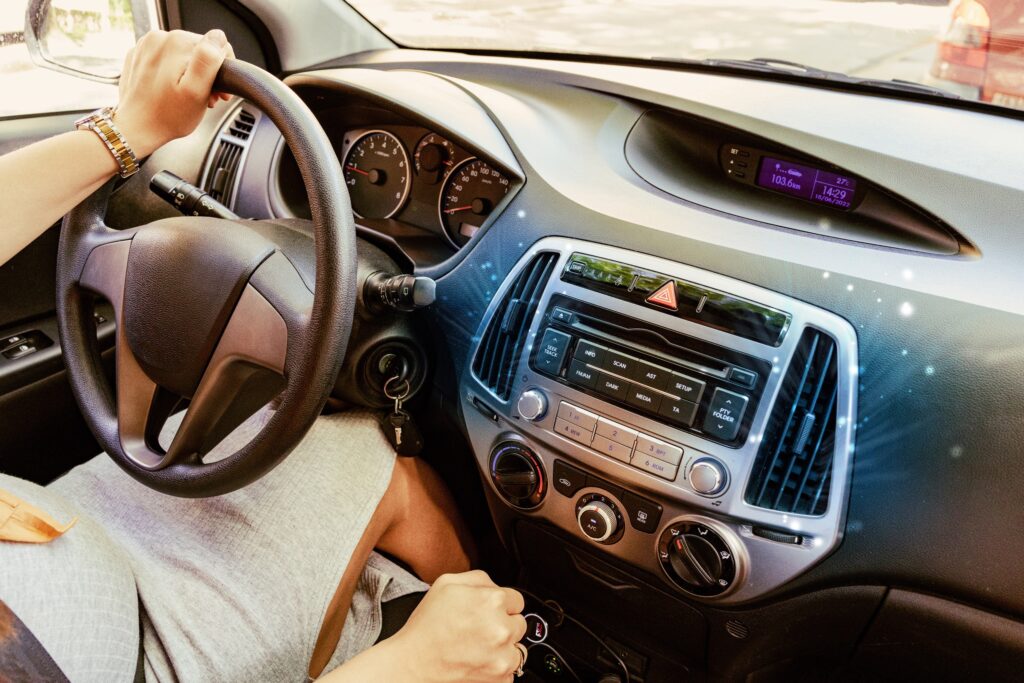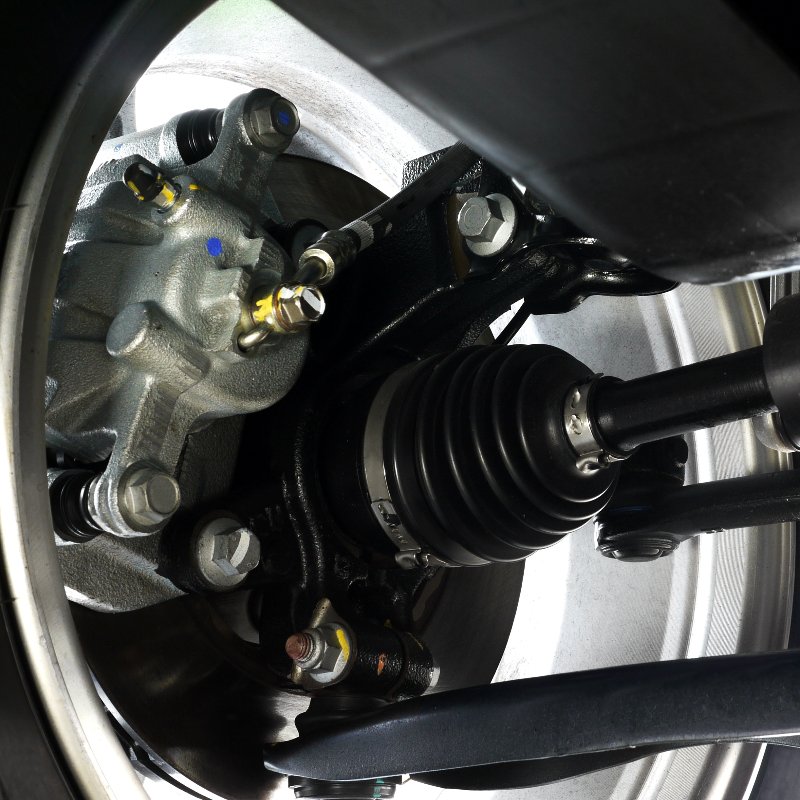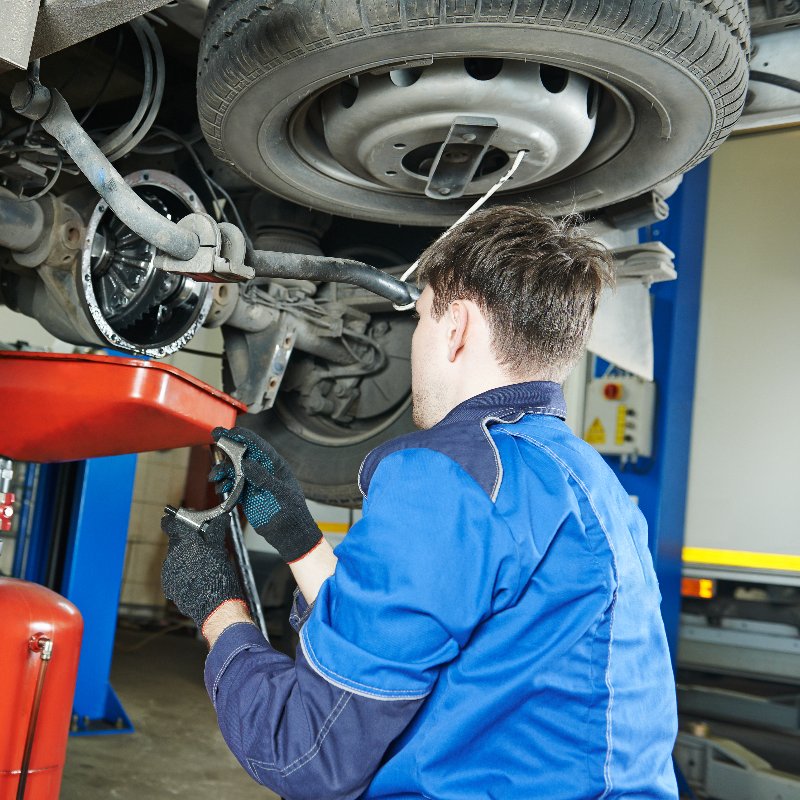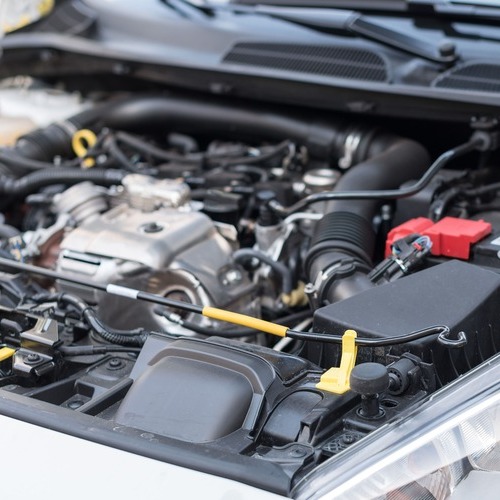
Summer may have taken a toll on your car battery, and when winter comes blowing in, you may find yourself waiting for the auto club for a jump. Or you may be told it can’t be jumped off and you need a car battery replacement! Yes, sometimes, depending on a few different factors, your car’s battery may not be suitable for a jump anymore, it happens.
How can you know if your car needs a new car battery?
The following are ways that your existing car battery was telling you that it didn’t have another jump left in it:
- Age: The average car battery has a lifespan between 3 and 5 years. Most batteries have a label on top with the month and year it was installed. Or, you can have the voltage checked and any reading less than 12.6 indicates the battery’s health is aging and you need a car battery replacement.
- Won’t Start: When a car is slow to start one morning, and then again, and again, go back to the step we just mentioned and get your budget ready for a car battery replacement.
- Frequent Jump Starts: If the scenario we mentioned above has happened frequently, it is time for a car battery replacement. However, if you’re still having to get a jump start after the new battery is installed, have your mechanic inspect the electrical system. There may be a problem with the alternator or other electrical components.
- Slow Turnover: If the engine takes a long time to start, it may be a battery issue. And if a new car battery replacement doesn’t fix this problem, have your mechanic inspect the electrical system.
- Bad Smells: If you notice a bad smell coming from the existing battery, it is time for a new car battery replacement.
- Bulging Battery: If the existing car battery case is bulging, this indicates that it is close to rupturing, which can be a dangerous fire hazard. Do not attempt to start the car or have it jump-started. Take it to your mechanic for a car battery replacement.
What does a car battery replacement cost?
The cost of a car battery replacement can vary based on the brand, quality, size, and the cranking power. The cost will also depend on where you purchase the car battery replacement, and if you install your own or have it installed. A new battery can start around $150 and could be as expensive as $500. Some places that install car battery replacements won’t charge for a battery purchased from them, such as your local auto parts store.
Do the less expensive car batteries work?
Absolutely, but you probably won’t get as long of a lifespan from a less expensive battery. But, when you need a car battery replacement at the worst time of the monthly budget, the less expensive battery gets you back on the road again.
Can you install your car battery replacement?
Yes, most car owners can install their car battery replacement. The biggest challenge for many is the weight of the existing and new batteries, they can be hard to lift. The following steps will walk you through installing your car battery replacement:
- Turn the engine off and raise the hood.
- Detach the negative battery cable from the battery by loosening the nut with pliers or a wrench.
- Using gloved hands, simultaneously twist and pull the end of the cable. If it doesn’t come easily, there are battery terminal pullers available at the same place you buy your car battery replacement.
- Next, detach the positive battery cable in the same method.
- Using a ratchet, socket, or wrench, remove the hold-down clamp over the battery.
- Remove the battery (the heavy part comes!) using both hands. Some batteries have a handle that can make this easier.
- Mix together baking soda and water to make a cleaning solution and pour over the battery cable ends using a wire brush.
- Position the new car battery replacement in the batter and secure the hold-down clamp.
- The new battery should come with an anti-corrosion solution that goes over the terminal ends.
- Attach the positive battery cable and then the negative battery cable.
- After ensuring all cable connections and the hold-down bracket are properly tightened and secure, start the car.
Can a car be started without a battery?
No, there must be a power source of 10 to 15 volts to start a car. However, you can jump-start the car without the battery using these steps:
- Attach the jumper cables to the positive terminal first of the running car’s battery post and to the battery cable directly of the car without a battery.
- Now, attach the negative cables and terminals in the same manner.
- Make sure all of the auxiliaries are turned off, including the lights, heater, radio, and other accessories.
- With everything connected, attempt to start the battery-less car. If it doesn’t start, start the car with the battery and then try again.
In Closing
It is important to have your current battery inspected by a professional, usually during your regular oil change. In this manner, you can be certain that a professional has examined it and will give you any advice if they see a need for a new car battery replacement before the existing one conks out unexpectedly.

